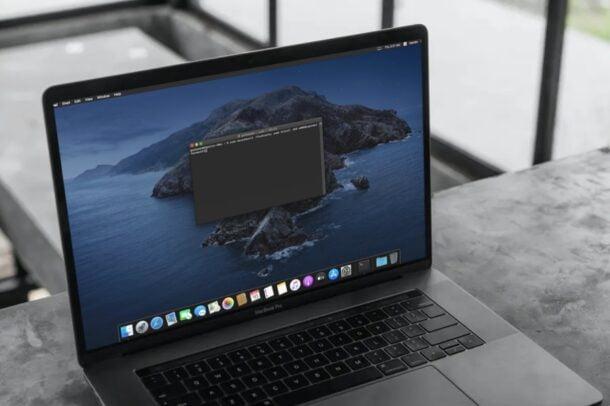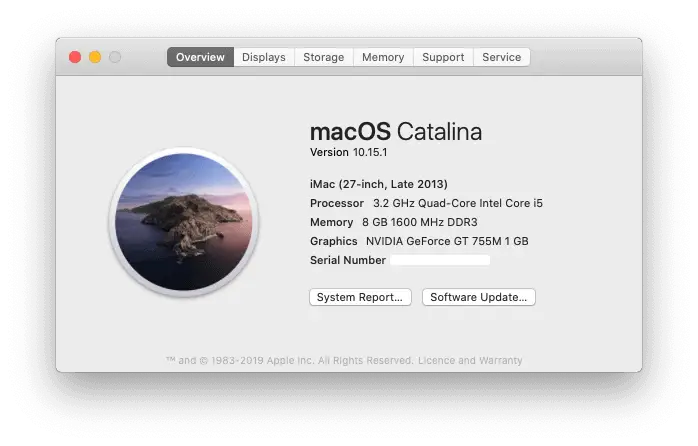Table of Contents
Where To Find IP Address In MAC And How To Change ??
It is not difficult to find the IP address of the Mac, you can change it to the same window. You want to check the IP address for data purposes or fix an error “another device on the network is using your computer’s IP address”.
Here are the ways to find and change IP addresses on Mac as per requirement.

How to find IP address on Mac
The easiest way to check the IP address on Mac is through the network section in system preferences. In the left corner of the screen, click the Apple menu and select system preferences to open it, or use Cmd+ space to search for the spotlight. Here, click The Network to open more options.
On the left, you will see the network connections that you use on your computer. A green dot appears next to the current connection if you are using it to view more information, click Wi-Fi >
System Preferences> Network
With wi-fi connection, under Status, you will see a line that says Wi-Fi is connected to [network] and has an IP address [address]. Wired connections will display IP addresses in the list of data on the same page.
Here you will see the IP address on your Mac. With most connections in the home, the address will be for 192.168.xy or 10.0.XY.
Find IP address through a terminal
The above method is fast and reliable, but if you are computer-generated you can also find your Mac’s IP address through terminal command. Open the terminal by searching in the spotlight (Cmd + Space).
Next, type the following command to find an IP address on the WiFi connection:
ipconfig getifaddr en0

For ethernet connections, use the following command:
ipconfig getifaddr en1
Search it both ways, if you remember the terminal command, it will be faster than clicking on the System Preferences menu.
How to change the IP address of Mac
To change the Mac address, go back to the network section mentioned above. On the page that shows your current connections, click the Advanced button below.
This will open a new window with more options. Select the TCP/ IP tab at the top and see options related to your machine’s IP address. Next to configuring IPv4, you will see using DHCP.

DHCP, or Dynamic Host Configuration Protocol, is a feature that allows routers to auto-assign and manages IP addresses. So when you connect the new device to your network, you don’t have to choose a free IP address for it yourself, the router does this automatically.
Related: How to flush DNS cache in MacOS Big Sur and Catalina??
To get a new IP address from the router, click the Renewed DHCP lease button. The result will show on the computer that issues a new IP address and will have to resolve a duplicate IP error to get it.
How to set an IP address on macOS
If the IP address is reset and renewal fails, you can set it manually. This allows you to assign an address that will not change for your device, which helps resolve duplicate IP addresses problems.
You can set a static IP address on your Mac. To do this, on the TCP/ IP tab above, replace the configured IPv4 to use DHCP with the manual address.

You can manually select if you want, but in the previous option, you specified only the IP address, so no other information needs to be confirmed.
Find an unused IP address
When setting up an IP manually, you need to select the IP address that is not used on your network. If not, the IP looping problem will occur again.
No need to log in to the router to verify which IP address is in use, you can use ping command in the terminal.
To check the IP address in use, you need to know the IP format for the network. You must find in the TCP/ IP tab, the router’s address is network format. Normally it will be 192.168.0.X but you should double-check.
Now, in the terminal, type the following command to see if the address exists on your machine, change the one you want to use:
Ping 192.168.0.102

If the result is 192.168.0.102 and 64 bytes from other information, the device with that address exists on your network and is responding to ping commands. Do not use that address for your Mac, try ping command with new address until you are available.
When the response request time starts at the income, you’ve got a free address. You can access that IP address in the IPV4 address of the network page. When you finish, press OK> Apply to that page, until you change it, your MAC IP address will remain the same.




